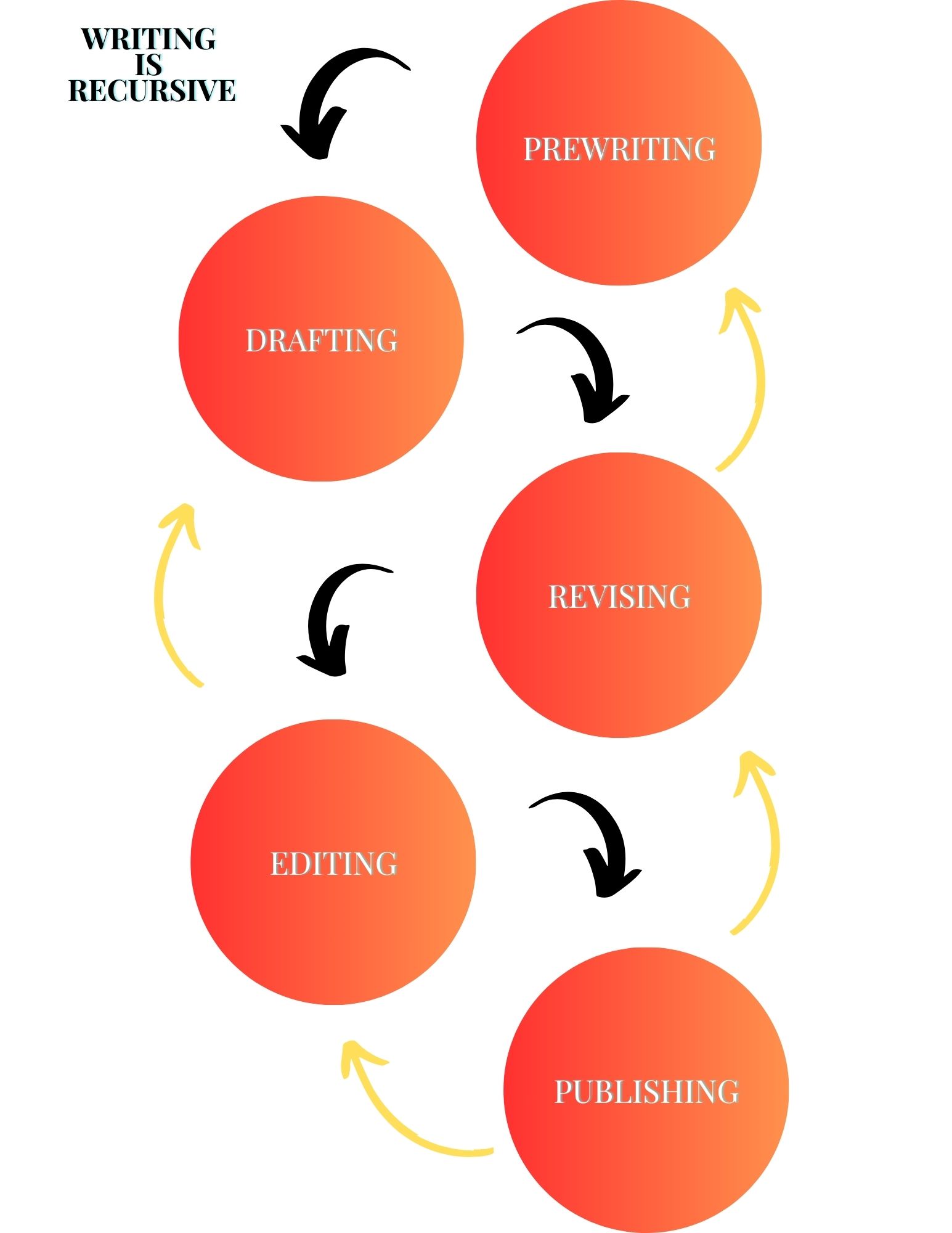I was trying to think of a good place to start with Greek mythology, because it’s a really dense subject (so many names), but it pops up in middle school curriculum because myth factors into modern allusions and references, which is more background knowledge that kids need to know.
Even so, outside of sometimes being an impenetrable academic subject, Greek mythology is also filled with action, adventure, and supernatural creatures; and, being a lifelong Dungeons and Dragons nerd, I find these stories really cool and engaging…and so do students!
So I thought I would start at the beginning of Greek myths with Gaea and move ahead from there in a linear fashion, a little at a time. If you are new to Greek mythology, all you have to know is a couple of things:
- myths are used to help explain the world and answer the why question using fantastical elements (magical weapons, monsters, and heroes);
- personification is when we give human characteristics to nonhuman subjects;
- and, before the start of the world, there was only emptiness and Chaos.
Putting the world together
The vacant void of space lay everywhere and there was nothing to be seen. Chaos personified reigned in this vacuum. According to some sources, “In the creation story of the ancient Greeks, Chaos came before everything else. Chaos was made of Void, Mass, and Darkness in confusion” (NESTA).
Though, sooner or later, the void began to fill as Gaea emerged from this nothingness, either appearing on her own or being created by Chaos, along with her two siblings, Tartarus and Eros, who were the deities of the Underworld and Love, respectively.
More gods were to follow (created by Chaos), including Erebus (Darkness) and Nyx (Night), who together created Aether (Light) and Hemera (Day). Nyx, too, created a family on her own, including, “Moros (Fate), the black Ker (Doom), Thanatos (Death), Hypnos (Sleep), Oneiroi (Dreams), Geras (Old Age), Oizus (Pain), Nemesis (Revenge), Eris (Strife), Apate (Deceit), Philotes (Sexual Pleasure), Momos (Blame), and the Hesperides (the Daughters of the Evening)” (Greek Mythology).
All the same, Gaea was an important deity, as she was “described as the giver of dreams and the nourisher of plants and young children” (Britannica). In time, she created the universe and Earth as we know it, giving names and gods to the things that shape our world, such as Uranus (the sky), Ourea (the mountains), and Pontus (the sea).
Conclusion
The big takeaway is that everything in Greek myth needed some kind of name or characteristic so that it fit within a narrative. The mountains aren’t just rocks, but are a character named Ourea who was one of the primordial progeny of Gaea (more on this later). Now, being personified, we as listeners or storytellers can learn something about the world, and, more specifically, about the mountains.
Gods take on many different forms in Greek mythology, and they can either be humans or simply forms with names ascribed to them. Understanding that there many names and characters in Greek mythology is important because all things in the world needed some kind of personified presence in order to answer that why question (why is there darkness? why is the sky blue? why is there air to breathe?).
Works Cited
“Gaea.” NESTA, https://www.windows2universe.org/mythology/gaea.html. Accessed 17 Dec. 2021.
GreekMythology.com, The Editors of Website. “The Creation”. GreekMythology.com Website, 07 Apr. 2021, https://www.greekmythology.com/Myths/The_Myths/The_Creation/the_creation.html. Accessed 10 December 2021.
Source: https://www.greekmythology.com/Myths/The_Myths/The_Creation/the_creation.html







